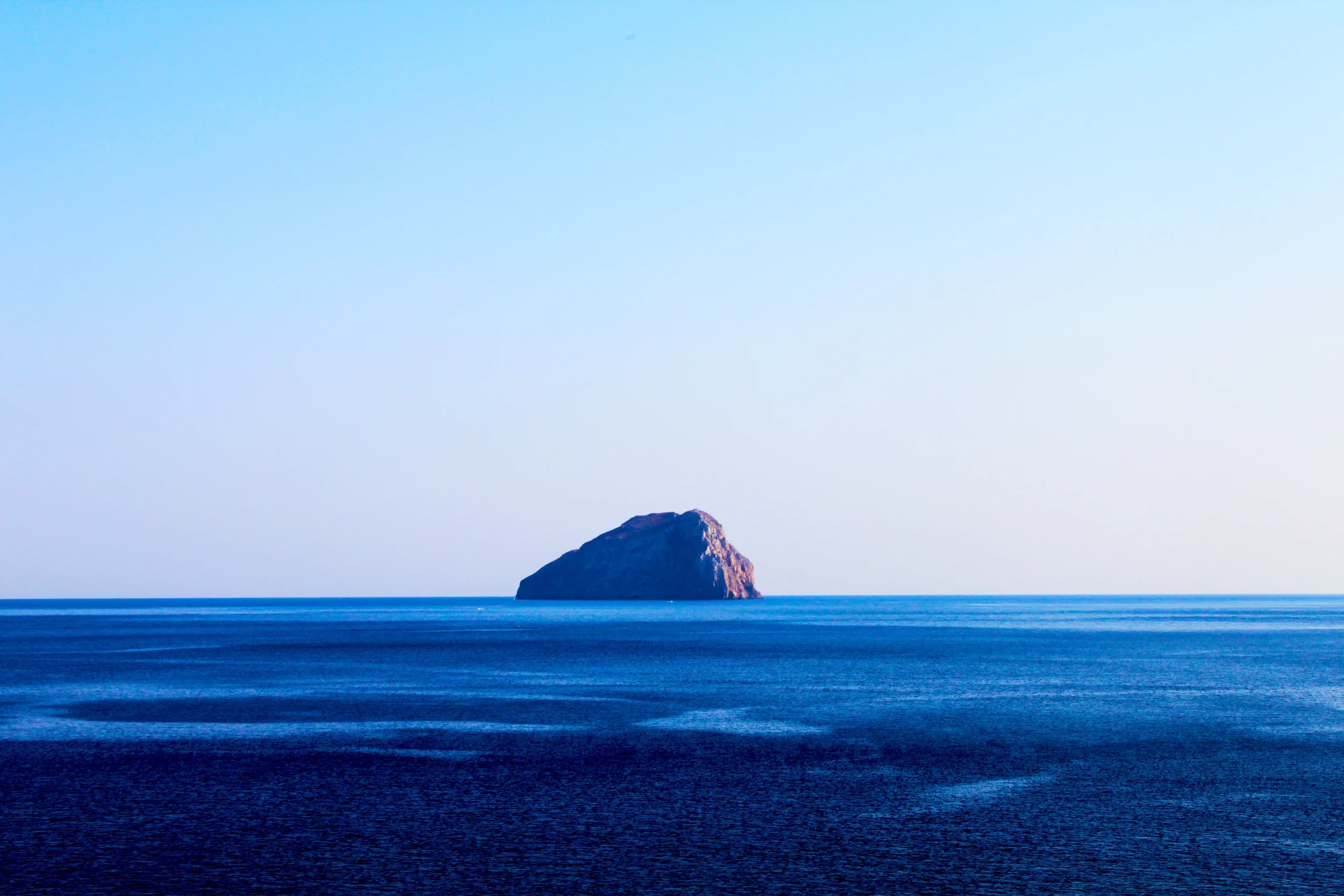I'm not huge on New Year's Resolutions (my god, so much pressure), but I do have a couple important rituals that have significantly improved my life, so I thought I'd share them with you!
RITUAL #1: Positivity Jar
In 2013 and 2014, I did actual jars, but in 2015 and 2016, I migrated to small journals due to my heavy travels. Same concept though! Basically, all I do is write tiny positive things on a slip of paper or in the journal. I try to do at least one a day, or several a week. If I fall off the tracks, that's okay; there are some weeks I forget to write in it and then I end up writing 15 things at once. We're talking small stuff, like "I woke up well-rested today," "I'm looking forward to my massage," and "I'm so grateful to have a working heater this year."
RITUAL #2: Everything Journal
The Everything Journal (I made that name up today) is my creative secret weapon. I could talk forever about it. I can even trace snippets (or whole concepts) from my pieces to things I wrote, drew, or observed and documented in my journals. A lot of my text-based work comes from inspiration in there too. Basically, whenever I'm stuck, I have oodles of pages to mine for gems. I forgot to mention the big rule with these journals: They are not allowed to be perfect. I write in pen even though it means making mistakes. I just live with it and look back wistfully later on. If I write something that's actually promising, I will edit it on my computer and refine it there. Everything Journals are just a creative, freeing thing for me.
Bonus new ritual: This year, I was inspired by Gretchen Rubin's Happier Podcast to come up with a one-word theme for 2017. She and her sister/cohost Elizabeth suggest doing that instead of coming up with full-on resolutions, which I like. The theme I've decided to try on this year is "Follow-through," becuase I have trouble finishing the zillion threads I start, and I have a big case of artistic/inspirational overload (opposite of writer's block), which compels me to explore and expand things so much that I hate to just let them go and finish. There's always too much more potential for me. This year, I'd like to get better at wrapping things up. Here's the original podcast episode/blog post about one-word themes, if you want more background on the concept. The episode is only 5 minutes long, so I highly recommend!
If you have any more questions about the Positivity Jar or the Everything Journal rituals, let me know, and I can try to elucidate for you and help you start your own versions!
xoxoxoxoxoxoxox,
Chrysanthe







